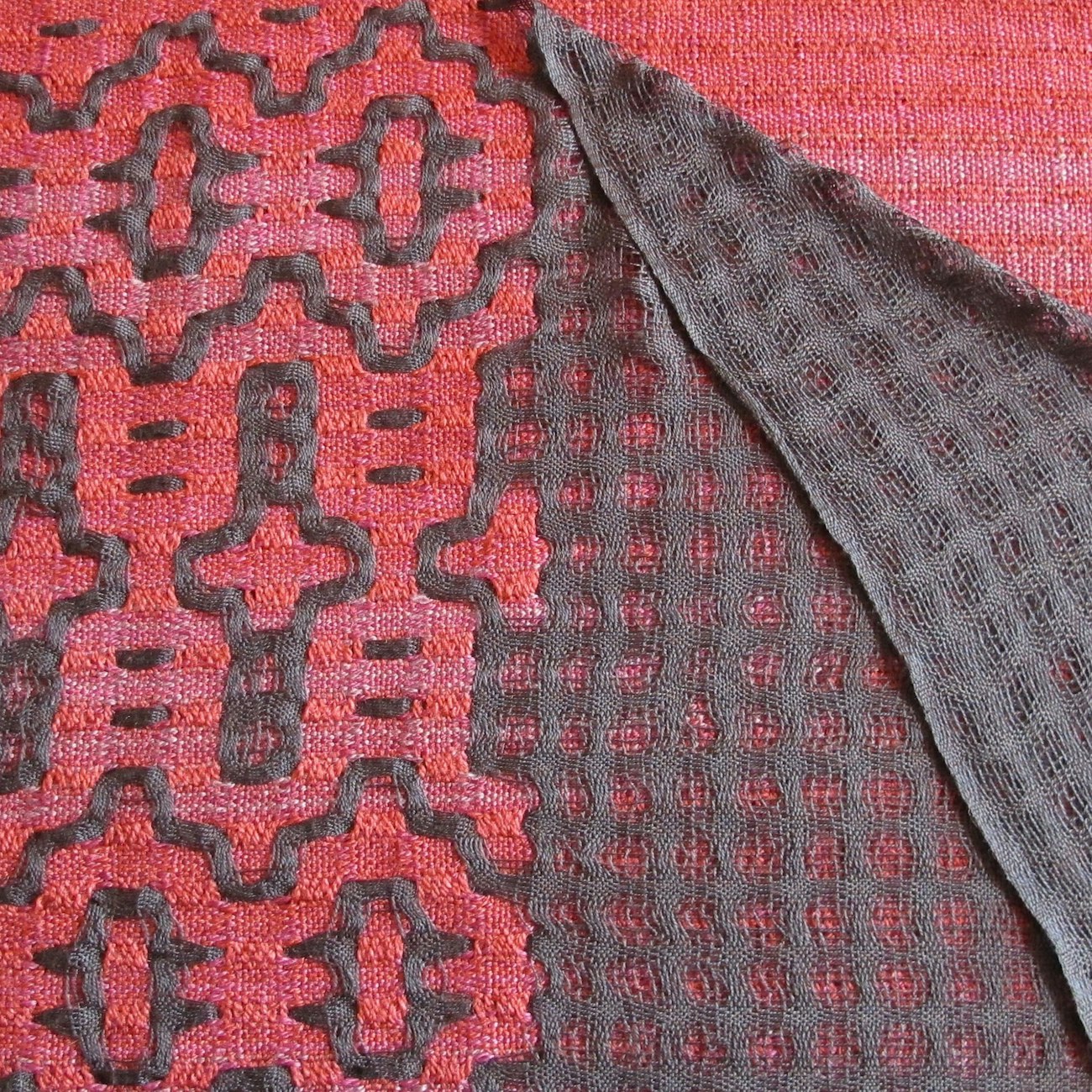Yeahh, exactly!! Well said
I'm with you there, electoralism is doomed to fail but he seems really genuine and I still wish him all the best. Not sure whether I'd count that as an endorsement per se? I guess I would say I "endorse" him immediately doing something irrevocable and extreme, although liable to get him removed lol
Lol really up the stakes for them! 😈
I got the runaround too at first and just immediately went grey market. Then later, telling the next doc I was gonna do it with or without them (and in fact already was) seemed to get them off their asses.
It's definitely been working out for me, for years now. I have two boyfriends, they get along well and also both date other people. There were a few growing pains of course. Overall though, smoother than expected!
I really like my Shanling Q1, but I definitely bought it before knowing to check reparability/bootloader access/etc. Might not be that advisable. But, it's got physical buttons! Takes SD card so the memory is as big as you want it to be. Reads all the hifi formats ok, and you can use it as like a DAC interface for other devices too.
This is an amazing setup!! Somewhat unrelated, but since you've got pinguiculas, would you consider trying to make tätmjölk?
I've been comparing its results to plantnet, same time of year, same exact pictures even, and Seek is getting wrecked in comparison. That said I don't have any idea how either app even works.
Oh interestingggg... I can only tell it's messing up with plants, since plants are what I know. I've just been mostly taking it at it's word for insects/fungi/etc, good to hear that's been working out!
Could the problem be area specific? My initial thought was, if people are submitting lots of erroneous IDs near me, maybe it's messing up the data?
Has anyone else noticed their identification app, Seek, has dramatically worsened in identification ability? Not recently, more like over the last I wanna say year or so.
I'm also very tired of having to spend SO MUCH time and energy on something that ought to be largely irrelevant to my life, I totally feel that. However, there is one thing that makes me feel a lot better about it. I imagine what I might have been like, as a person, if I didn't have any kind of marginalized identity.
If I wasn't like this, my entire worldview would likely have been developed from a fairly privileged position. I would never have experienced this struggle. And while the trans struggle is not identical to the struggles of other marginalized people, it definitely hits a lot of the same notes. So I feel like it has definitely broadened my understanding of other people's plights, to the point where I don't think I'd wanna give that up in exchange for being cis. I feel like that me might've ended up more of an asshole, you know?

















Damn, I guess just because it worked for me doesn't really mean it usually does or anything... Sorry to hear that